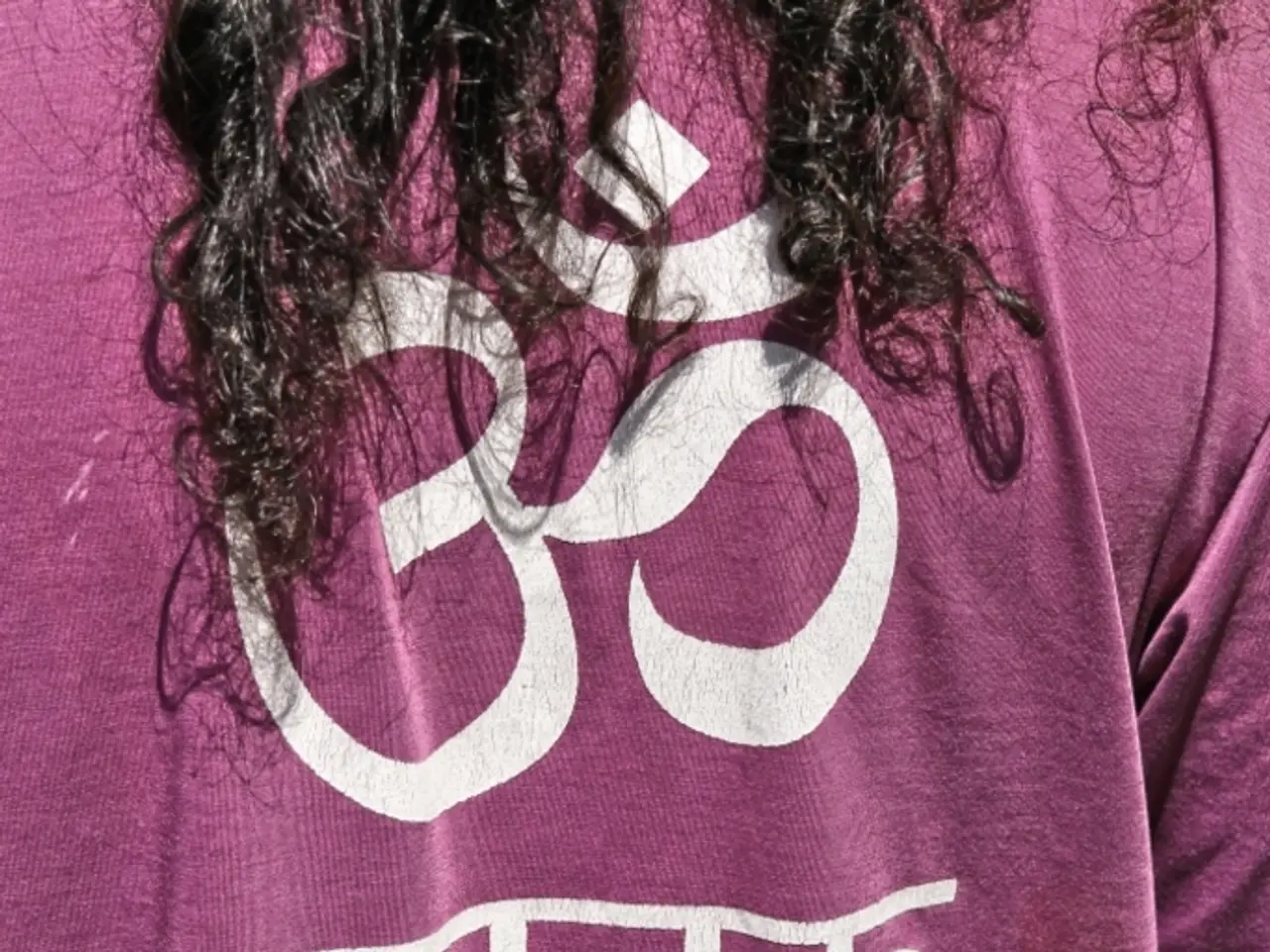Guide for Newcomers: Understanding the 7 Vital Energy Points in the Body (Chakras)
In the realm of spiritual and holistic practices, the concept of chakras has gained significant attention. These energy centers, believed to be located at specific points along the spine, are traditionally understood as elements of an individual's energy and play a crucial role in various aspects of life.
The seven chakras, the most recognized among hundreds of energy centers within the human body, are the major parts of energy in the human body, each relating to an aspect of consciousness and physical health.
The Root Chakra, located at the base of the spine, is associated with financial issues, food, shelter, survival, personal and emotional security, and tasks related to the material and physical world. The Sacral Chakra, situated in the lower abdomen, is connected to the ability to meet new people, accept others, have new experiences, sexuality, creativity, pleasure, and several emotional aspects. The Plexus Chakra, found in the upper abdomen (thorax), is linked to greater self-esteem, confidence, ego power, self-worth, and control over one's life.
The Heart Chakra, just above the heart, is responsible for love, joy, relationships, inner peace, forgiveness, compassion, self-love, and love for others. The Throat Chakra, located in the throat, deals with communication, self-expression, voice skills, truthful expression, trust, loyalty, better organization, and planning. The Eye Chakra, between the eyes in the lower part of the forehead, is responsible for imagination, wisdom, the ability to think, make decisions based on intuition and insights, and visualization of everything. The Crown Chakra, located at the crown of the head, inspires feelings of inner and outer beauty, spirituality, and awakened consciousness, and is associated with a higher level of connection with one's spirituality.
While chakras are not scientifically detectable physical structures, they are traditionally correlated with nerve plexuses and endocrine glands along the spine. According to science, religions like Hinduism, Buddhism, and Taoism, the energy of a human body is placed along bundles of arteries, nerves, and veins. However, it's important to note that there is no direct scientific evidence confirming their existence as measurable anatomical structures.
Some alternative frameworks propose that chakras influence personal well-being by regulating subtle energy fields or frequencies, but these effects remain unproven by mainstream science. The scientific mainstream approaches chakras more as metaphorical maps for psychological or energetic states rather than objective physical phenomena.
In summary, while chakras play a significant role in spiritual and holistic practices, their existence and impact have not been conclusively established by scientific research. Despite this, the concept of chakras continues to be an integral part of these religions' beliefs, and some modern alternative medicine perspectives suggest that they may influence wellness, though such claims lack rigorous empirical validation under conventional scientific standards.
Each chakra is symbolized by a specific color, adding another layer of mystique to this ancient belief system. The Root Chakra is symbolized by red, the Sacral Chakra by orange-reddish, the Plexus Chakra by orange, the Heart Chakra by golden-yellow, the Throat Chakra by blue-greenish, the Eye Chakra by indigo, and the Crown Chakra by violet.
Every human body has an energy field that is connected to the earth's energy field. This energy arrangement forms a life force grid in the form of energy wheels called chakras, each spinning at different speeds and intensities, reflecting the individual's physical, emotional, and spiritual state.
Whether you choose to embrace the concept of chakras or approach them with scepticism, there's no denying the profound impact they have had on various cultures and spiritual practices throughout history. As research continues to evolve, so too will our understanding of these enigmatic energy centers and their role in our lives.
- The Root Chakra, associated with survival and the material world, also influences lifestyle aspects, such as food and shelter choices.
- The sacral Chakra, connected to emotions and sexuality, can impact one's relationships and creativity in fashion-and-beauty and home-and-garden pursuits.
- Boosting self-esteem and ego power, the Plexus Chakra in the upper abdomen may influence one's confidence in cars and shopping choices.
- The Heart Chakra's role in love and self-love could determine how we treat our pets as well as our relationships with others.
- A well-balanced Throat Chakra, responsible for communication, might aid in travel arrangements and planning or even in sharing experiences on social media.
- The Crown Chakra's association with spirituality and awakened consciousness may encourage individuals to explore travel destinations with deep cultural and spiritual significance.





